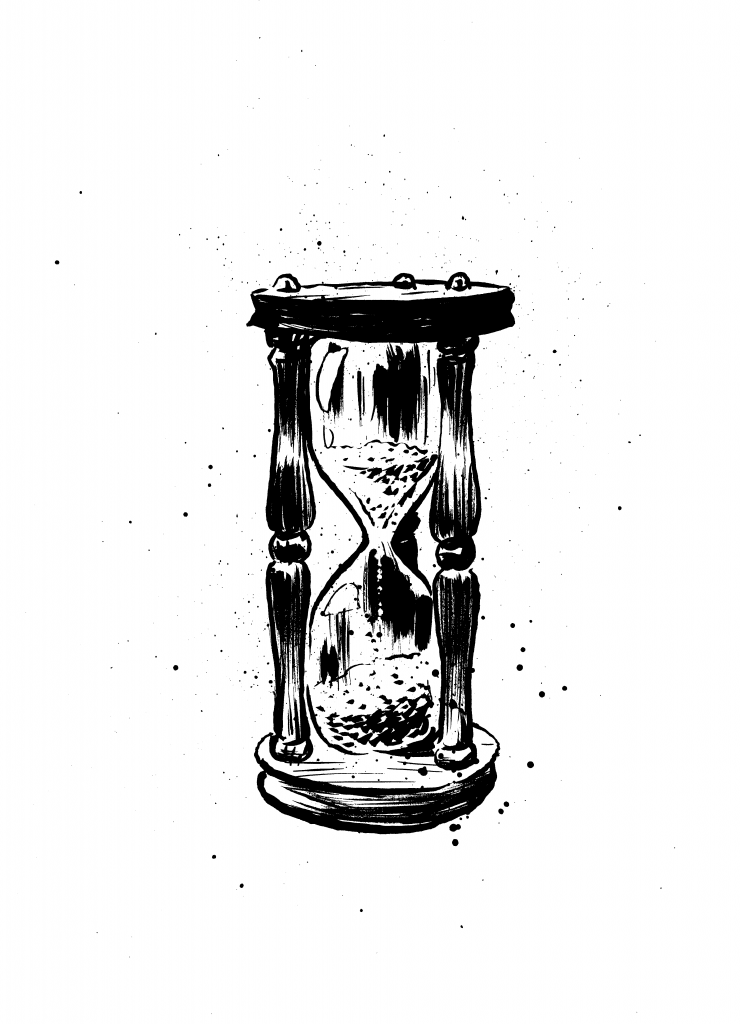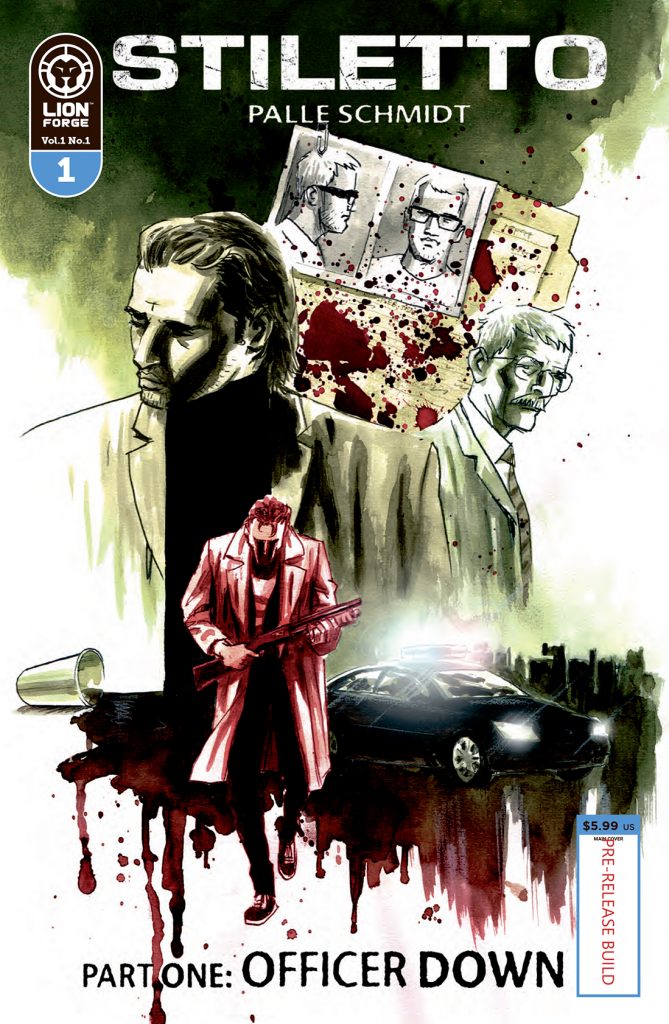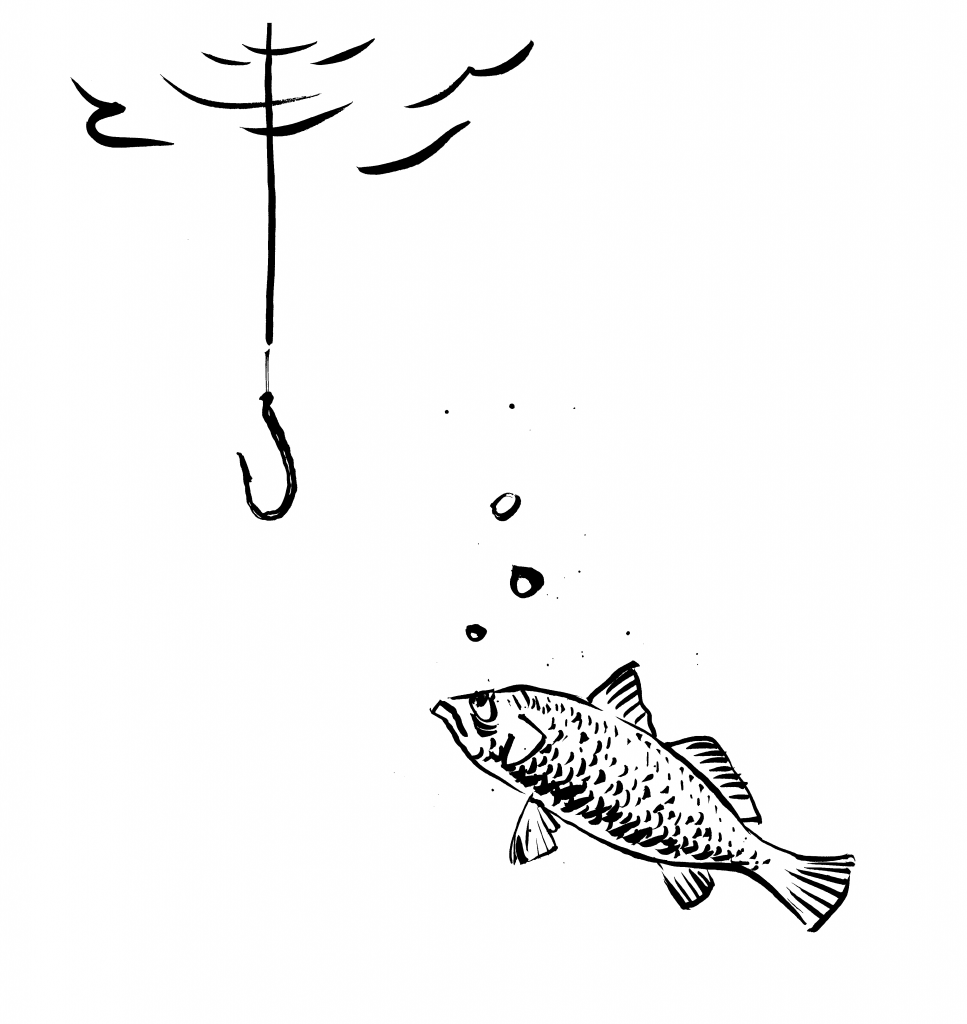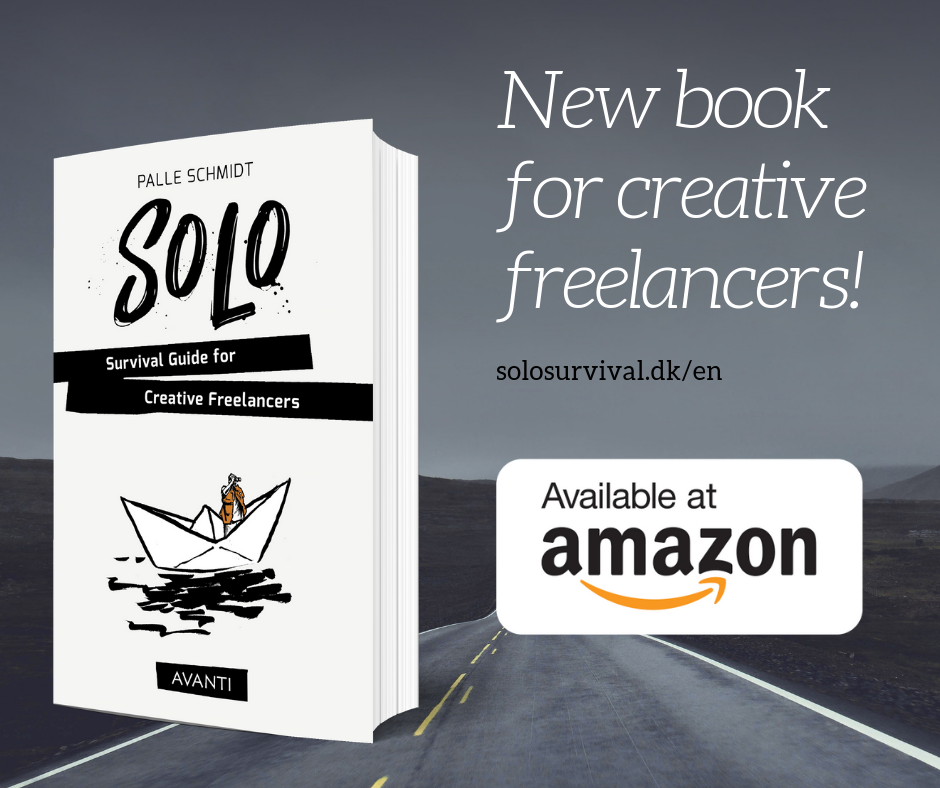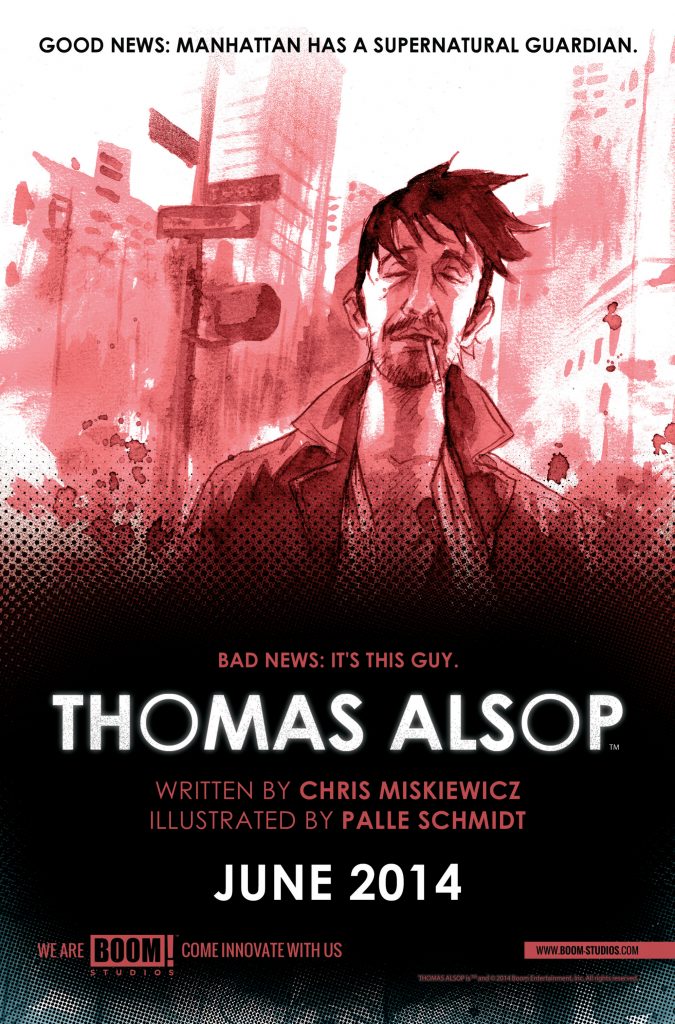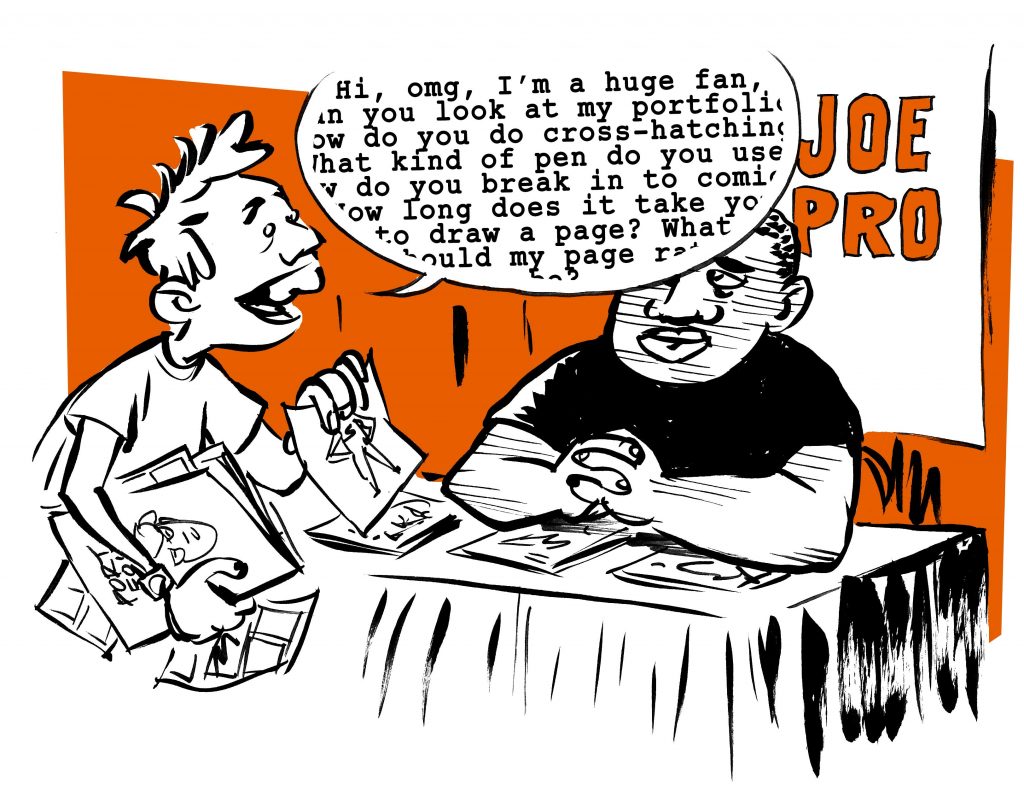 Going to conventions is one of the best way to learn about the industry, meet new people and get advice from peers and pros. But often wannabe creators will waste the opportunity to learn by talking about themselves or asking the wrong questions.
Going to conventions is one of the best way to learn about the industry, meet new people and get advice from peers and pros. But often wannabe creators will waste the opportunity to learn by talking about themselves or asking the wrong questions.
- What areas of my art do you see needs improvement?
- What are your favorite cons to go to and why?
- Who do you think I should meet while I’m here?
- What is one thing people get wrong about the way the business works?
- Is there any resource you can point me towards that could help me learn more about X?
- What’s a mistake you see a lot of beginners make?
